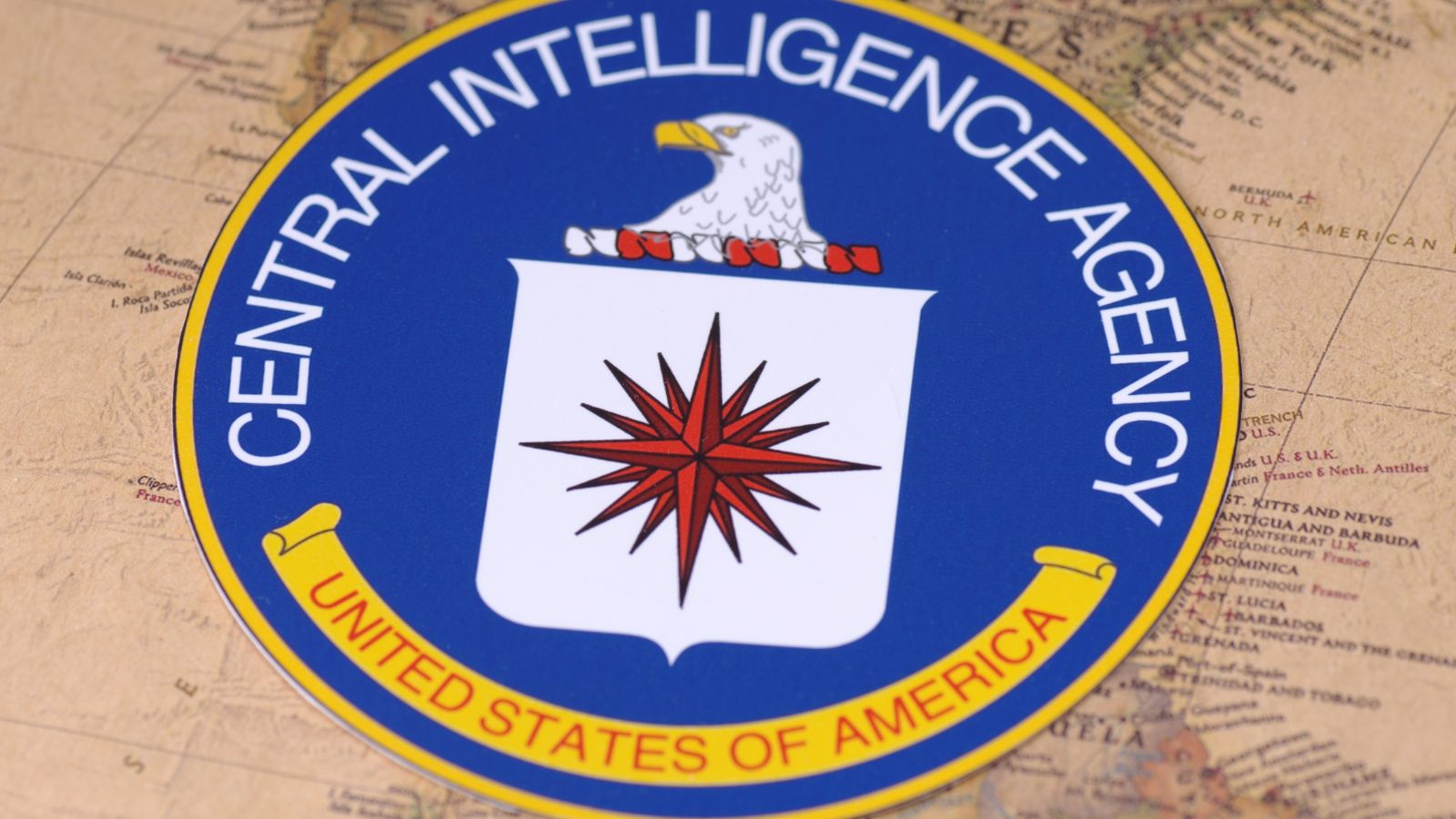Conspiracy theories are usually met with eye-rolls by non-believers. But focusing on odd events seems justified for believers when even one is proved correct. These 18 wild conspiracy theories ended up with vindicated theorists.
Watergate Scandal

In the early 1970s, the Watergate scandal revealed that President Richard Nixon and his administration had engaged in illegal activities, including bugging the offices of political opponents. Initially dismissed as a conspiracy, the truth emerged after investigative journalism and a Senate investigation, leading to Nixon’s resignation.
Operation MK-Ultra

The CIA’s MK-Ultra program was a series of illegal experiments on human subjects intended to identify and develop drugs and procedures for interrogations and mind control. The program’s existence, once a conspiracy theory, was later exposed through investigations in the 1970s, according to History.
Operation Northwoods

Declassified documents revealed that in the 1960s, the U.S. Department of Defense proposed false flag operations to justify military intervention in Cuba. The plans included staging terrorist attacks on U.S. soil. President Kennedy rejected the proposal, which remained secret for over 35 years.
Tuskegee Syphilis Study

From 1932 to 1972, the U.S. Public Health Service conducted a study on the natural progression of untreated syphilis in African American men without their informed consent. The men were not treated for syphilis even after penicillin became the standard cure, and the truth only came to light after a whistleblower’s report.
John Lennon Was Under Surveillance

It may sound like celeb gossip, but celebrities have ended up on the FBI’s radar. Lennon was a counter-culture hero, though “anti-war songs, like ‘Give Peace a Chance,’ didn’t exactly endear former Beatle John Lennon to the Nixon administration,” NPR reported in 2010. “In 1971, the FBI put Lennon under surveillance, and the Immigration and Naturalization Service tried to deport him a year later.”
COINTELPRO

The FBI’s COINTELPRO program aimed to surveil, infiltrate, and discredit domestic political organizations. Exposed in 1971 by activists, the program targeted civil rights leaders and political opponents, confirming suspicions that the government was illegally spying on its citizens.
Gulf of Tonkin Incident

The Gulf of Tonkin incident in 1964 was used to justify U.S. involvement in the Vietnam War, according to the U.S. Naval Institute. Declassified documents later showed that the second reported attack on U.S. ships by North Vietnamese forces never occurred, confirming theories that the incident was exaggerated to gain public support for the war.
Operation Snow White

In the 1970s, the Church of Scientology carried out one of the largest infiltrations of the U.S. government in history. Dubbed Operation Snow White, Scientologists illegally gathered information from government agencies to protect their interests. The conspiracy was proven true when the FBI raided Scientology offices, uncovering extensive evidence.
Iran-Contra Affair

The Iran-Contra affair involved senior U.S. officials secretly facilitating the sale of arms to Iran, which was under an arms embargo, to fund Contra rebels in Nicaragua. Initially a conspiracy theory, the operation was officially acknowledged after an investigation in the late 1980s.
Project Sunshine

During the 1950s, the U.S. government conducted Project Sunshine, which involved the collection of body parts from deceased infants without parental consent to study the global spread of radioactive fallout. The project was confirmed through declassified documents and congressional hearings.
NSA Global Surveillance

Edward Snowden’s leaks in 2013 confirmed the existence of global surveillance programs run by the NSA, validating conspiracy theories about the U.S. government’s extensive spying capabilities. The revelations included the collection of phone records and internet data from millions of people worldwide.
CIA Drug Trafficking

Investigations in the 1980s revealed that the CIA was involved in drug trafficking operations to fund Contra rebels in Nicaragua. The agency turned a blind eye to drug dealers who provided financial support to the Contras, confirming long-held suspicions about the CIA’s role in the drug trade.
Operation Gladio

Operation Gladio was a post-World War II program in which the CIA and NATO collaborated with secret stay-behind armies in Europe as a potential defense against a Soviet invasion. The existence of these secret armies was confirmed after Italian Prime Minister Giulio Andreotti’s revelations in 1990.
The “Heart Attack Gun”

The Church Committee hearings in 1975 revealed the CIA’s development of a “heart attack gun,” a weapon that could cause a heart attack without leaving a trace. This confirmed theories about the existence of covert assassination weapons used by intelligence agencies.
The Business Plot

In 1933, retired Marine Corps Major General Smedley Butler testified before Congress that a group of wealthy businessmen had plotted a coup to overthrow President Franklin D. Roosevelt. The McCormack-Dickstein Committee confirmed some of Butler’s testimony, although no one was prosecuted.
The “Mockingbird” Media

Operation Mockingbird was an alleged CIA program to influence the media for propaganda purposes. While the full extent of the program remains classified, Congressional hearings in the 1970s confirmed the CIA’s recruitment of journalists and student organizations for intelligence purposes.
The “October Surprise” of 1980

Allegations that the Reagan campaign conspired to delay the release of American hostages in Iran until after the 1980 presidential election were long considered a conspiracy theory. While conclusive evidence has not been found, subsequent investigations have revealed secret dealings that lend credence to the theory.
A First Lady Ran the Country

President Woodrow Wilson suffered a debilitating stroke toward the end of his presidency. Government officials felt keeping things quiet was in the country’s best interest. Despite Mrs. Wilson claiming that she acted only as a “steward,” historians who have analyzed the Wilson term in office confirm that for well over a year, Mrs. Wilson was effectively president.
Read More: 20 Things We Did When We Were Young That We Regret Now

It’s easy to say hindsight is 20/20, but what advice would you really give your younger self? Here are 20 things that most people did when they were young that they regret today.
20 Things We Did When We Were Young That We Regret Now
17 Things That Used to Be Highly Respected But Isn’t Anymore

Many things in the world used to be well-respected before turning into complete jokes for various reasons. An internet survey recently asked people, “What is something that was once highly respected but is now a complete joke?” Here are the top 20 answers:
17 Things That Used to Be Highly Respected But Isn’t Anymore
17 Fairy Tales That Are Now Considered Racist

While fairy tales weave magical narratives that span generations, many emerge from historical and cultural contexts tinged with biases. Hiding in many of these tales, racial undertones can be found. Let’s look at 17 fairy tales that have deeper implications.
17 Fairy Tales That Are Now Considered Racist
17 Things Society Can No Longer Do Because Gen Z Said So

Gen Z, our digital-native, trendsetting generation, is making waves in the cultural sea, steering the ship of societal norms in fresh and unexpected directions. As they charter new territories, there are certain practices they’d rather we say goodbye to. Curious? Let’s take a look at 17 things the rest of us can no longer do because Gen Z said so.
17 Things Society Can No Longer Do Because Gen Z Said So
18 Common Traits Found in Adults Who Had Unhappy Childhoods

Being a parent is a hard job, so even those who are truly trying their best will often miss the mark on creating the best environment for their children. Unfortunately, this means that many of us grow up with far-from-perfect childhoods that affect us into adulthood. Here are 18 common traits found in adults who had unhappy childhoods.
